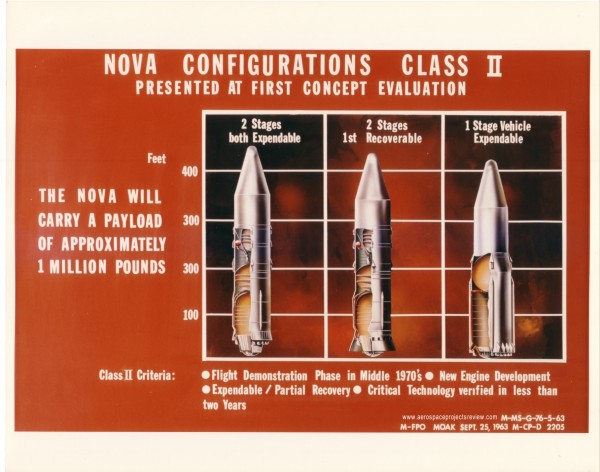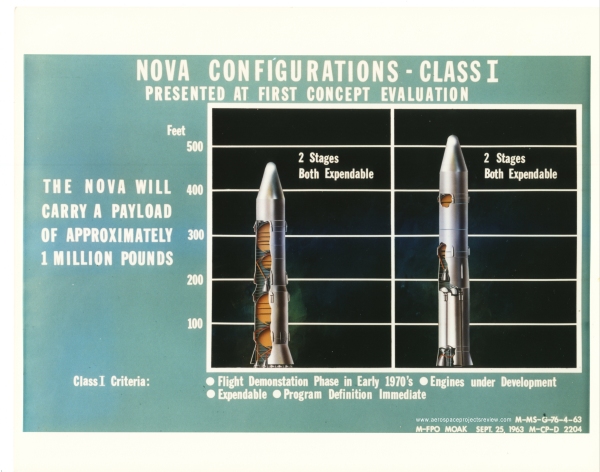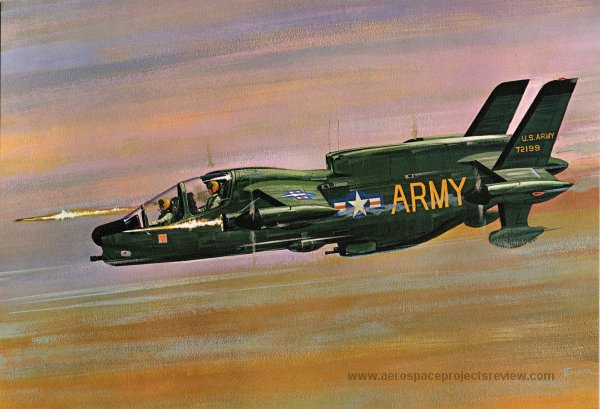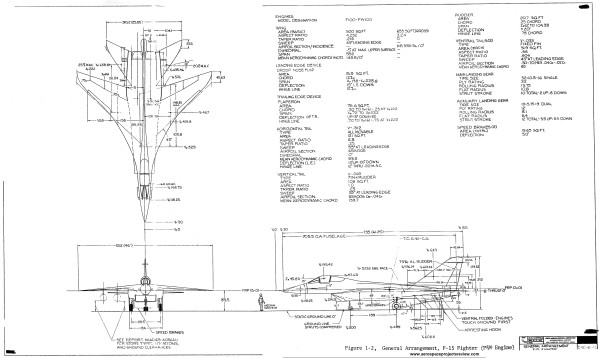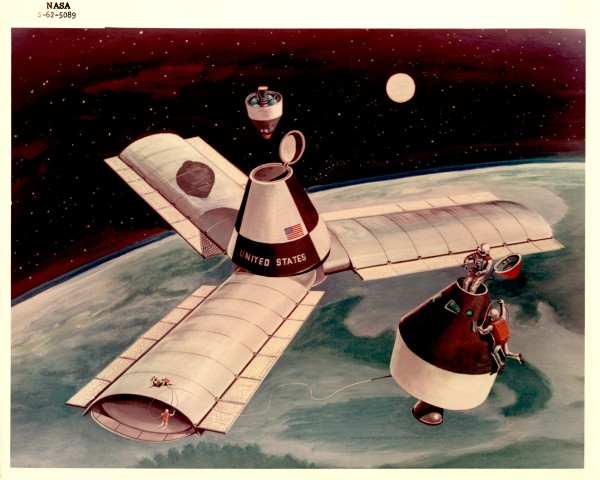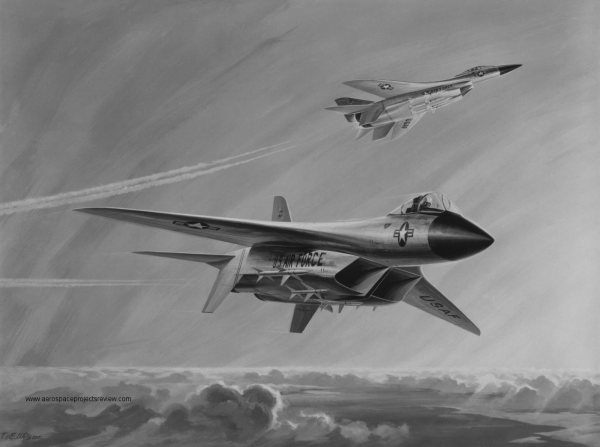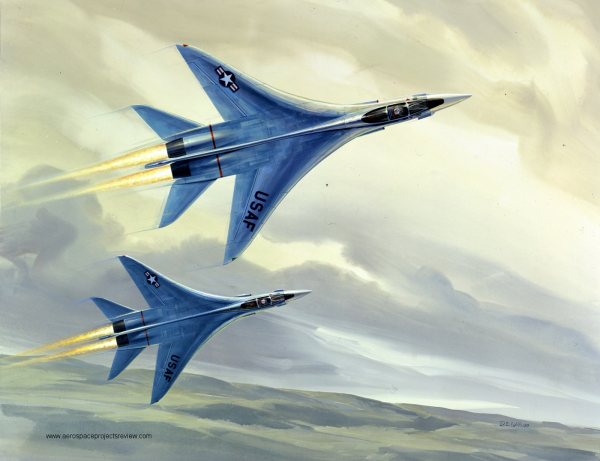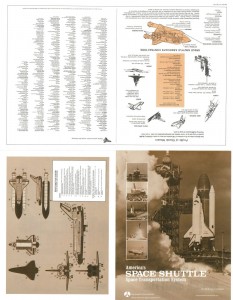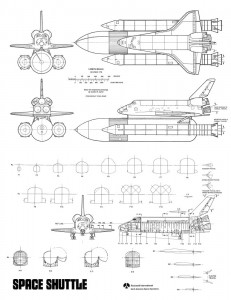Below is concept art from North American Aviation depicting a manned hypersonic airbreathing vehicle… presumably using scramjets (not a certainty, however). It was clearly painted by the same artist, using the same technique, as this rendering of the Manned Hypersonic Test Vehicle-3 (MHTV-3). Date is uncertain, but is from the latter portion of the 1960’s. This design might be the MHTV-1, -2, or something completely other. As with a lot of concept art from decades ago, it was found without context… in this case, a transparency found at a yard sale.
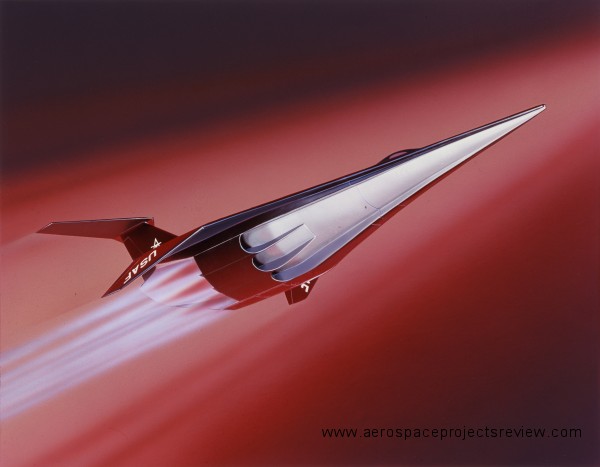
The aircraft features six engines, three on either side of a semi-conical fuselage. A ventral ridge runs from the nose past the engine exhausts;panel lines indicate that the landing gear was contained within this ridge. Another line behind the cockpit indicates that the forward fuselage could pop off in the event of an emergency. Downward angled wingtips indicate B-70-like compression lift; a large expansion ramp forms the aft end of the rather tubby fuselage.
You can download a 5.7 megabyte JPG file of the artwork; the link is HERE. To access it, you will need to enter a username and password. The username: the first word in the body of the text on page 3 of APR issue V2N6. The password: the first word in the body of the text on page 4 of the same issue. Note that both are case sensitive.
